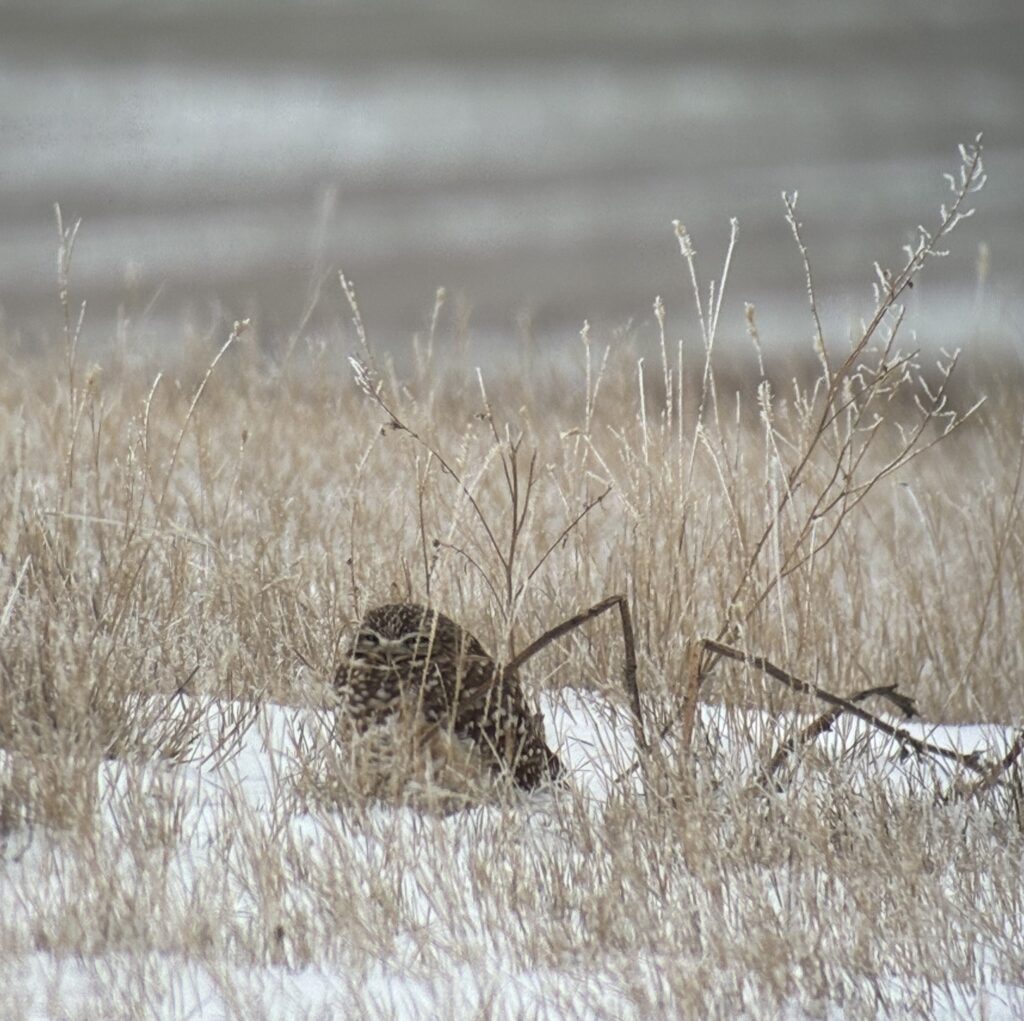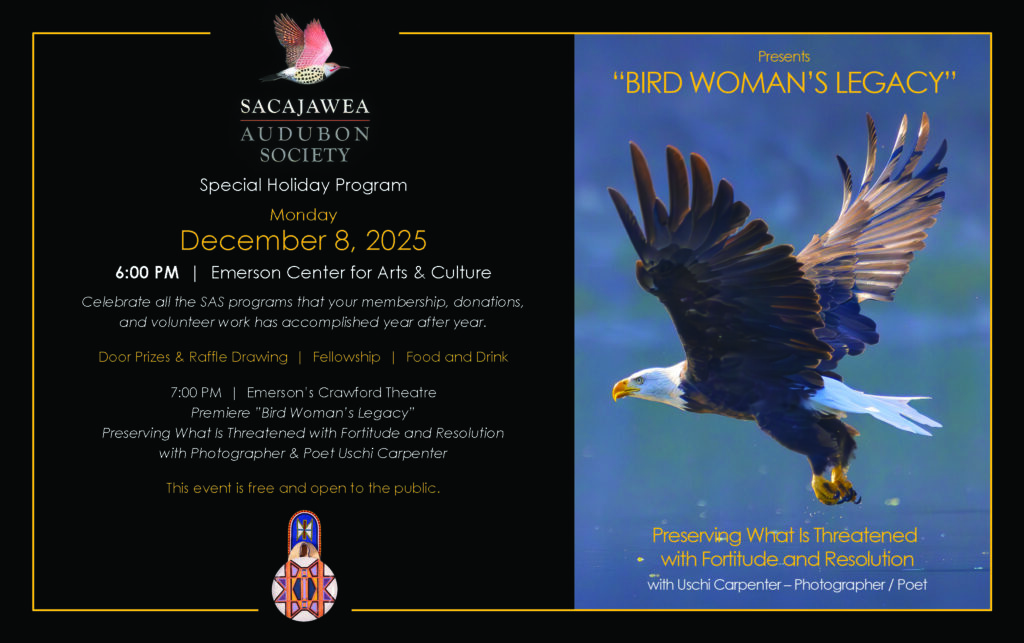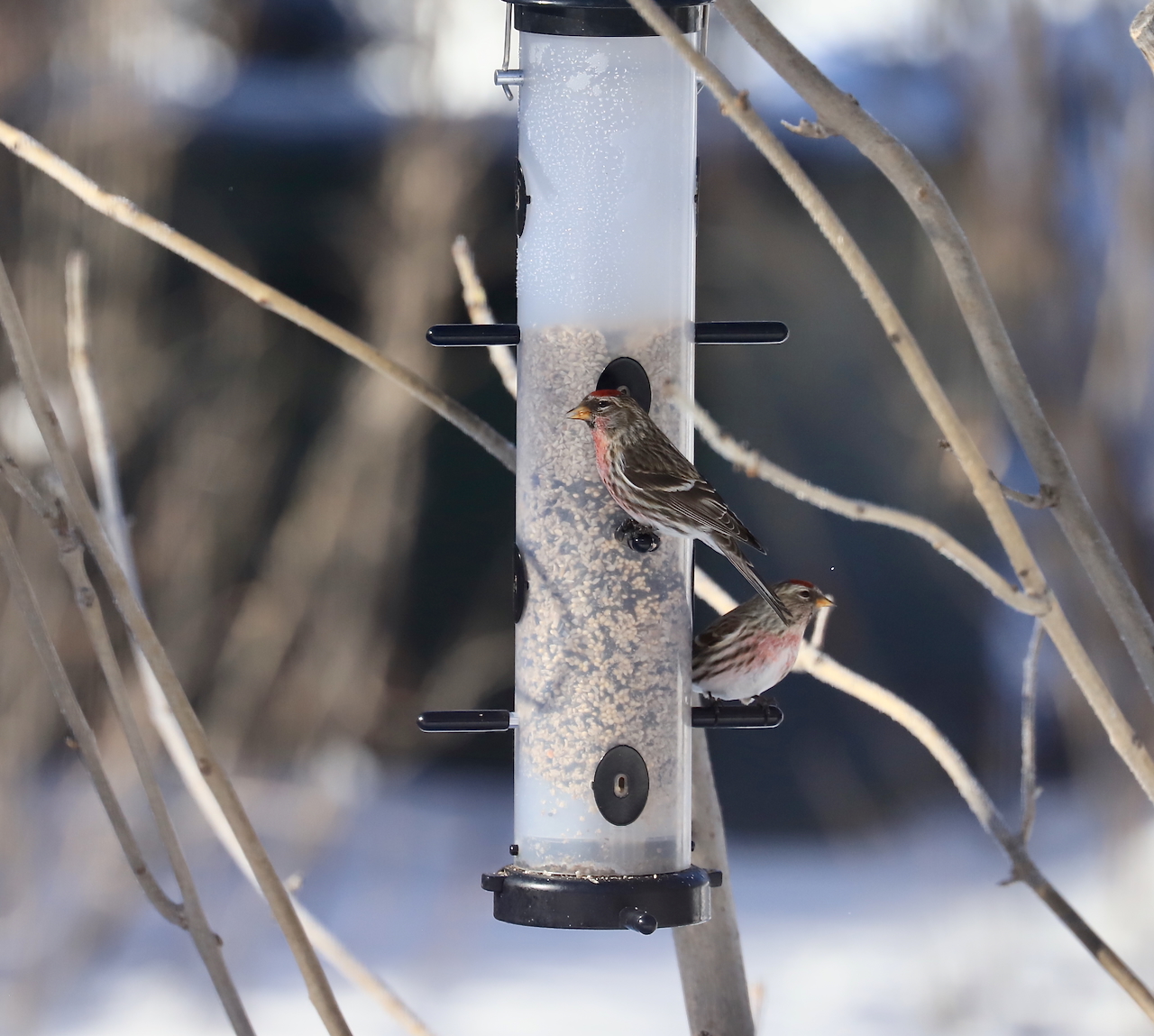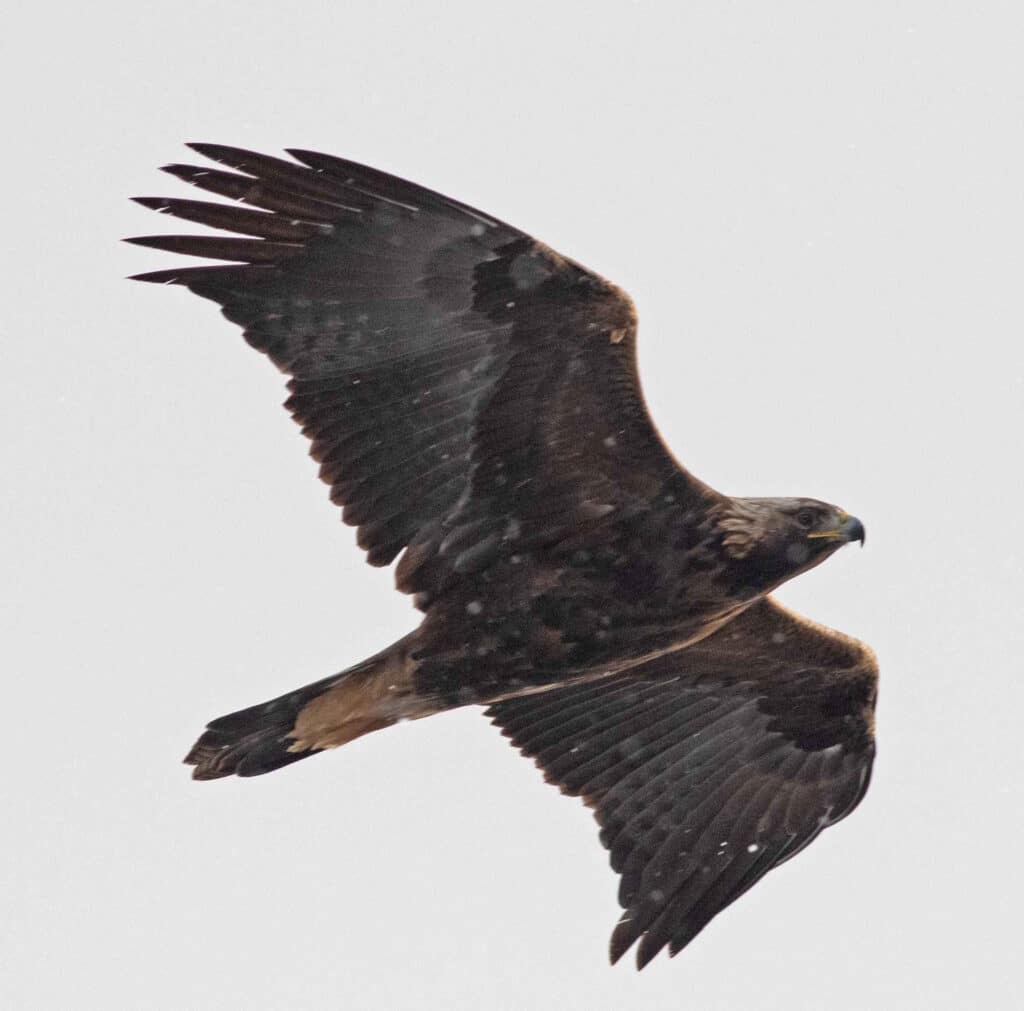“Burdock Busters”—At it Again!
Story and photos by Paulette Epple
“What are you cutting?” “Are you picking chokecherries?” These are the questions Sacajawea Audubon Society (SAS) volunteers are often asked as we walk trails and dive into thickets, wearing protective clothing and armed with clippers, loppers, buckets, and tarps—all in an effort to rid our environment of a pesky (and deadly) invasive weed: burdock.
Answering these questions gives us a chance to explain how burdock takes over native habitats, how the burs get hopelessly entangled in the fur of dogs, deer, bears, and other wildlife, and how IT CAN KILL BIRDS BY TRAPPING THEM IN THE VELCRO-LIKE SEED HEADS!
We always end our conversations by encouraging the curious bystander to cut and remove burdock plants that they find flowering and setting seeds during the month of August. We emphasize that all burs should go into the trash for disposal where they can do no harm.
SAS takes this task very seriously. This year, 43 volunteers diligently cut and removed 2,100 pounds of burdock plants and seed heads from the environment, making our trails and parks safer for birds and wildlife. The only way this nasty weed—a biannual Eurasian invasive—can reproduce is by seeds. If we remove the spiky burs filled with seeds, that plant dies without reproducing.
Our “Knock Out Burdock Project” began in 2012, when members first noticed dead birds entangled in the burs. That year a handful of volunteers removed a few bags of burs from the Sourdough Nature Trail. Now our dedicated members are working in dozens of locations—parks, trails, birding hotspots, and even back alleys around town—to eradicate burdock. In our peak years we hauled a disgusting 4,000 to 5,000 pounds of burdock to the landfill.
This year’s lower weight of 2,100 pounds is a clear indication of our success in reducing and even eliminating burdock from areas through annual cutting and some targeted spot spraying with herbicide in spring. At some of our work events this year we actually needed to hunt hard to find any burdock and we happily sent our workers home earlier than expected. Here’s an example: There has been a particularly severe infestation of burdock around the Drinking Horse Mountain Trailhead and the Fish Technology Center. For several years we hauled out burdock by the truckload, removing 500–1,000 pounds each year. This year we scoured the area and found only 80 pounds of burdock to cut. What a good feeling!
Our success is only due to the hard work and time commitment of our incredible volunteers: Jennifer Abbott, John Ansley (from the Gallatin Co. Weed District), Susan Bilo, Gina Carolan, Brian Cassell, David Cole, John Edwards, Andy Epple, Paulette Epple, Leo Freeman, Adira Groundwater, Lou Ann Harris, Carl Hellyer, Robin Hellyer, Rebecca Himsl, Deborah Hines, Steve Hoffman, Sorin Huseby, Glennis Indreland, Linda Johnson, Peggy Kimmet, Ron Kimmet, Bill Klenn, Lisa Landenburger, Beth Madden, Jennifer Madgic, Adam Makhluf, Frank Marchak, Luke Minton, Emma Narotzky, Stephanie Nelson, John Parker, Judah Peters, Sean Peters, Adele Pittendrigh, Anne Ready, Loreene Reid, Gretchen Rupp, Vicki Saab, Cathy Stamm, Becky Ward, Kevin Ward, and Janet Winnie. Thank you, each and every one of you!





